Apple iPhone 16 – Why bother?
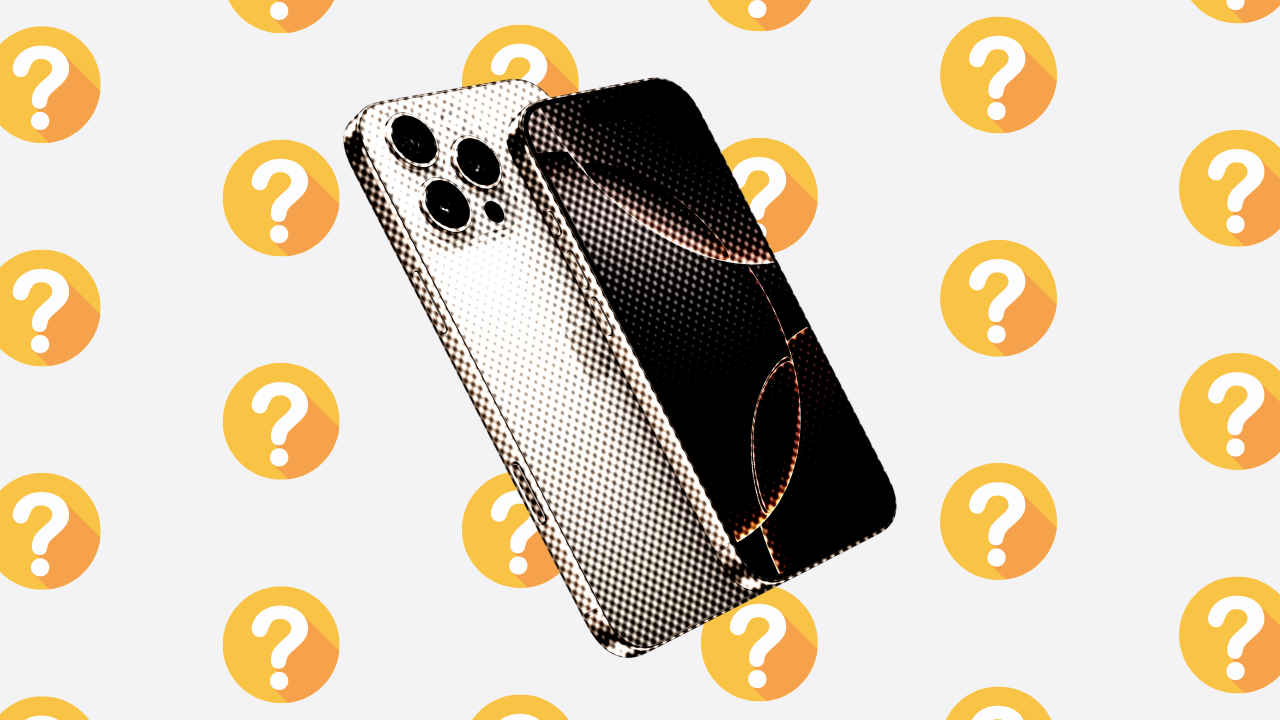
Tech conferences can be incredibly frustrating, particularly when overzealous marketing departments take centre stage. Apple, once the pioneer in product innovation and marketing, has increasingly fallen into this trap. While they undeniably revolutionised consumer technology in the past, recent years have seen competitors from the East taking the lead. Consequently, Apple’s much-anticipated events have been lacklustre for several years now, and the iPhone 16 Glowtime event was no exception.
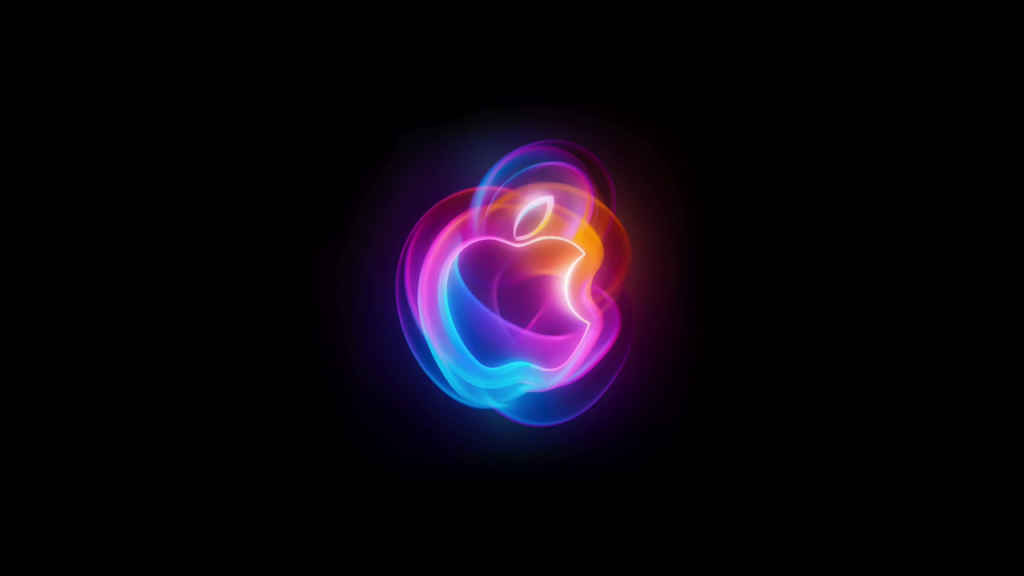
Like last year’s event, this year’s launch saw four iPhones being announced just as last year – a vanilla iPhone 16 and an iPhone 16 Plus with a slightly larger screen and battery. Then there are the two Pro models that come with better display features, battery construction materials, a souped-up SoC, bigger batteries and much better camera features. Looks pretty standard for a launch event. But this is Apple we’re talking about, a company that tends to go overboard with tall claims. This is not to detract from the fact that Apple’s products are well-built and the user experience is quite polished right from the factory floor.
Apple’s been playing it safe for a while now. It includes features that have been tried and tested by others first. For early adopters and prosumers, Apple has slowly ceased to be the “must buy” gadget of the year. Does that mean it’s time for Apple folks to jump ship? Good heavens, NO! It goes without saying that if you’re neck-deep into the Apple ecosystem then you’re completely fine with switching to the new iPhone 16 series. In fact, we’d recommend that you stick to Apple products so that your day-to-day activities don’t get hampered. We’ve said it in the past and we’ll probably continue saying this – Apple does make good products.
What’s new?
So what did Apple unveil that was new and earth-shattering? Nothing. That’s the sad reality of one of the most financially viable companies to have ever existed. On the bright side, we’ve got a reduction in prices thanks to local manufacturing and reduced import taxes.
| Apple iPhone 15 Series | Apple iPhone 16 Series | ||||
| Model | Variant | Price | Model | Variant | Price |
| iPhone 15 | 128 GB | 79900 | iPhone 16 | 128 GB | 79900 |
| iPhone 15 Plus | 128 GB | 89900 | iPhone 16 Plus | 128 GB | 89900 |
| iPhone 15 Pro | 128 GB | 134900 | iPhone 16 Pro | 128 GB | 119900 |
| iPhone 15 Pro Max | 256 GB | 159900 | iPhone 16 Pro Max | 256 GB | 144900 |
Moving onto features, there are several new features to talk about including – the Apple A18 and A18 Pro SoC, Apple Intelligence, 48 MP ultrawide camera, higher frame rate video capture, Wi-Fi 7, a new camera button and 25 Watt fast charging. We’re comparing the very best of the iPhone 15 series with the very best of the newly launched iPhone 16 series for a proper apples-to-apples comparison. That was an accidental pun right there.
Apple A18 Pro – Faster than the competition?
Let’s start off with the SoC, shall we? On the notebook front, Apple’s Silicon is top-notch. For the kind of performance efficiency it provides, one really wonders whether Apple has been a silicon company for decades because bringing out an SoC this good takes years of R&D. Unfortunately, the mobile SoC is anything but top-notch. During the keynote, Apple put up some impressive graphs comparing their latest A18 SoC to their predecessors.
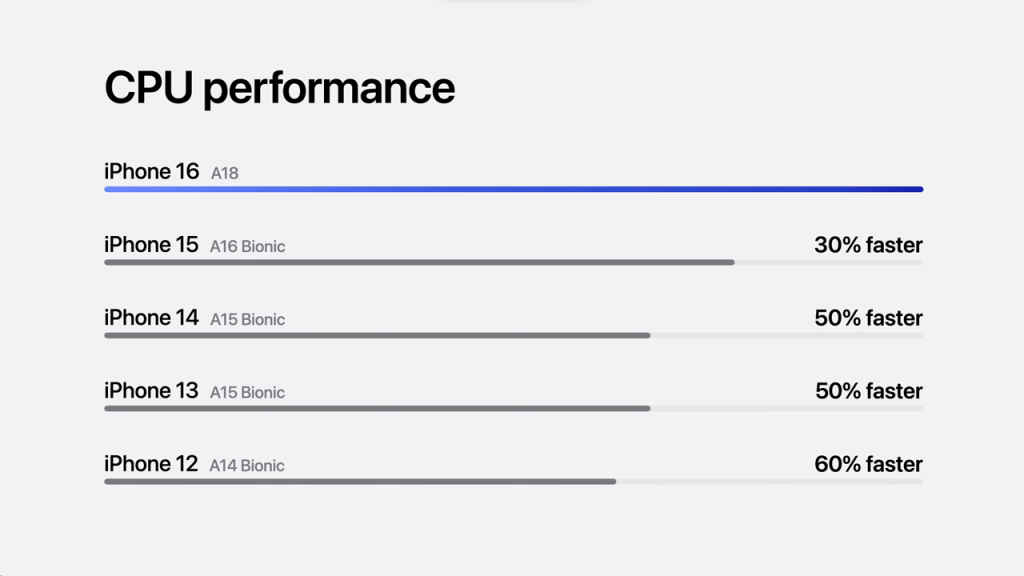
Notice something? There’s no A17 on the list. Quite likely because the comparison wouldn’t yield a high delta gen-on-gen. At this point, you’d want to see the graph for the A18 Pro, right? After all, that’s the SoC that’s featured in the top-of-the-line Pro Max model. Every tech company always makes it a point to showcase the very best SoC in all their presentations because that’s where the highest performance gains can be witnessed. Alas, we never saw an Apple A18 Pro performance graph, and we wonder why…
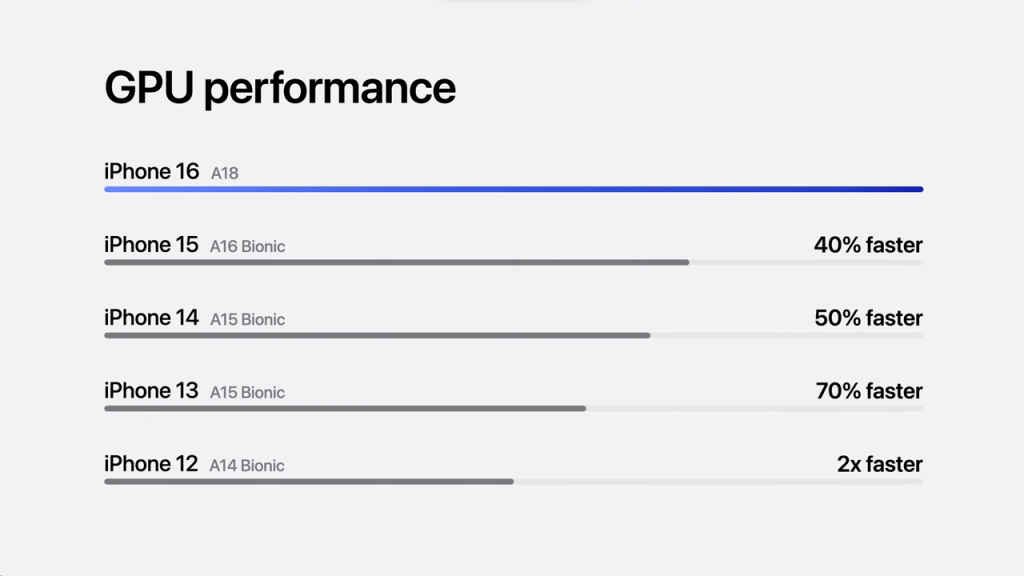
Ah well, we can only make do with what we have. So let’s take the numbers for the A17 Pro and project some benchmarks based on what was said during the keynote – that the A18 Pro, supported by 17 % higher memory bandwidth, was 15 % faster than the A17 Pro in Apple Intelligence features. There is a very high probability that most of the performance gains are because of the improved memory and not because of the improvements to the silicon because the NPU is the exact same with 16 Cores at a peak performance of 35 TOPS. But given that 15% is the only delta we’ve been given, we’ll work with that. As for the GPU, we heard that it delivers 20% better graphics. With that in mind, here are the projections. Benchmark numbers are sourced from official leaderboards which take into account a large sample set and calculate the median values. Sources – 3DMark Wild Life Extreme and Solar Bay, Geekbench Android and Geekbench iOS, Antutu Android and iOS.
| SoC | Antutu | 3DMark Wildlife | 3DMark Solar Bay | Geekbench 6 1T | Geekbench 6 nT |
| Snapdragon 8 Gen 3 | 2139281 | 5338 | 8547 | 2329 | 7501 |
| Apple A17 Pro | 1628672 | 4075 | 6594 | 2897 | 7261 |
| Apple A18 Pro (Estimated) | 1872973 | 4890 | 7913 | 3332 | 8350 |
Obviously, you should want to wait till the actual benchmarks are done but this is what we’re estimating. It would appear that the new A18 Pro is behind the Snapdragon 8 Gen 3 in Antutu, 3DMark Wildlife and even 3DMark Solar Bay. Geekbench puts the A18 Pro over the 8 Gen 3 in both single and multi-threaded runs. Suffice it to say, it becomes clear why Apple didn’t talk much about the performance gains of the new A18 Pro. Now, we’ve compared the projected numbers of the A18 Pro against an older-generation Snapdragon SoC. The new Snapdragon 8 Gen 4 that will be announced in October would be expected to beat the A18 Pro. It’s already besting the Apple SoC in AI performance, GPU performance and we’ll learn about CPU performance whenever we get our hands on the devices. Not off to a great start, are we?
At the end of the day, synthetic benchmarks aren’t indicative of how well the phone will perform on a day-to-day basis. Apple has the distinct advantage of maintaining stringent control over the software and hardware in the ecosystem which makes apps run smoothly on their phones.
Apple Intelligence
Apple’s Glowtime event also showcased several new Apple Intelligence features for the iPhone, but many of these innovations are not as groundbreaking as they might seem. In fact, Google Pixel devices have been offering similar functionalities for quite some time. For instance, Apple’s new real-time transcription and translation features are strikingly similar to Google’s Live Transcribe and Interpreter Mode, which have been available on Pixel phones for years.
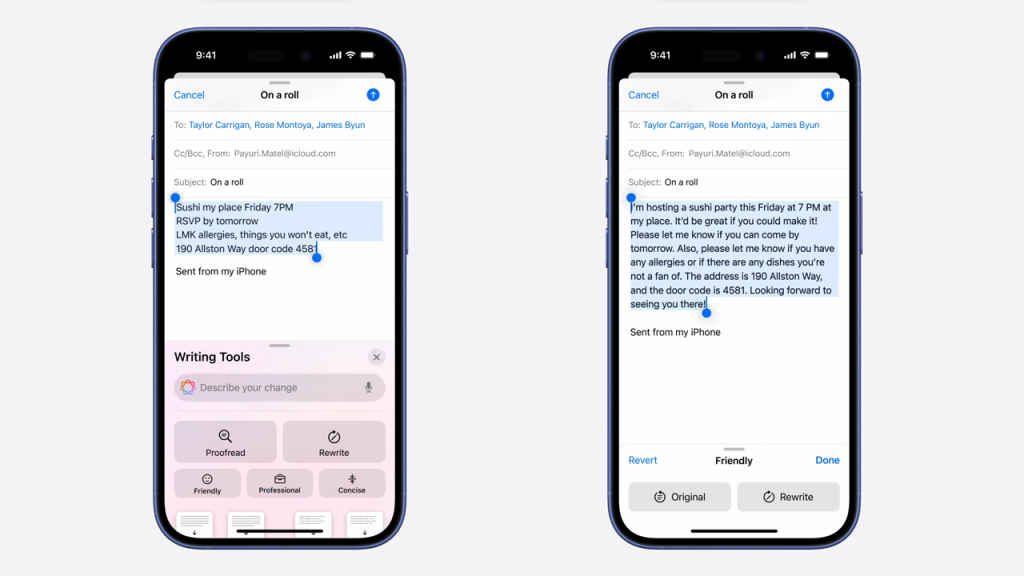
Additionally, Apple’s enhanced photo editing tools, such as automatic background removal and advanced object recognition, mirror Google’s Magic Eraser and other AI-driven photo enhancements. Google has consistently been at the forefront of integrating AI into its devices, providing users with practical and innovative tools that enhance everyday experiences.
While Apple’s implementation of these features is polished and seamlessly integrated into its ecosystem, the fact remains that they are playing catch-up in areas where Google has already set the standard. This trend raises questions about Apple’s ability to lead in AI-driven smartphone technology, as they seem to be following rather than innovating. Also, Apple Intelligence features are region-locked to the United States. You can gain access by switching your Apple Store region to the US but that will also mean that a lot of your payment options will start failing. Not a great tradeoff. Also, selling phones at a premium by advertising features that aren’t available for months … yikes!
48 MP ultrawide camera
Camera improvements are always a welcome change. Apple has always been pushing the boundaries on the camera front but of late, the improvements are more software-driven rather than hardware. The iPhone 16 Pro series isn’t the first to feature a 48 MP Ultrawide camera. The Xiaomi Mi 11 Ultra had one back in 2021. That’s a good three years before the folks over at Apple saw it wise to incorporate one into their top-of-the-line smartphone. Competitors have had them for more than three years now.
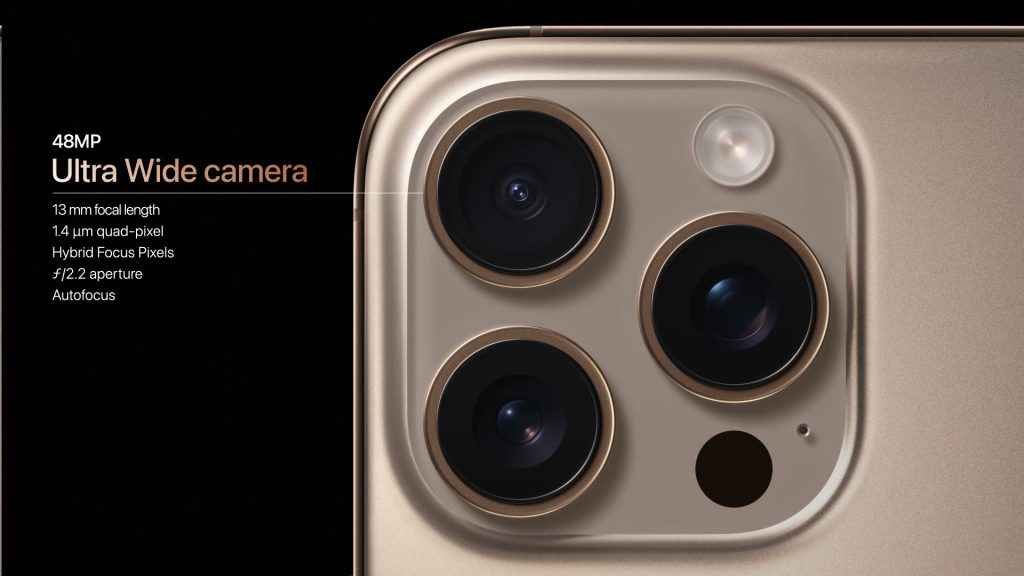
This is where the smart ones will point out, that just having the hardware isn’t enough. It’s how you leverage the hardware by using good software that you can really make photos look surreal. If you go by DXOMark, then Huawei and Oppo have been leading the charts for some time now. And if you go by what blind camera comparison tests conducted by the likes of MKBHD who take a considerable effort to get statistically viable data, then the Google Pixels have been dominating the scene until now. So we’re looking at Apple being behind on the software and hardware front in the camera department.
4K120 High frame rate video capture
Aside from the 48MP ultrawide camera, the other major feature that Apple talked about was the ability to capture 4K120 video. Is it the first? Well, no. The Sony Xperia 1 II launched in 2020 had 4K120 video capture. Even the enormously popular OnePlus 9 Pro can record 4K120 video. Then again, the iPhone 16 allows you to record 4K120 with log. Again, log capture isn’t restricted on Android phones at all. All you need is a camera app that can record in log. Mcpro24fps and Filmic Pro are apps that anyone can download from the Play Store to record log footage. So if your Android phone supports 4K120 recording, then you can record in log. There are very few devices that will have the Camera API shut down completely so the list of compatible devices is quite long.

Wi-Fi 7
The current generation of Wi-Fi, Wi-Fi 6, is quite powerful and most folks will never saturate the bandwidth for a considerable amount of time. However, we’re talking about ‘who had it first’ and with that in mind, all Snapdragon 8 Gen 2 devices have had Wi-Fi 7 support. The first of which would have launched around February or March of 2023. That’s two generations, in phone years.
Dedicated camera button
Let’s put aside the fact that dedicated camera buttons have been a thing since 2002 back when the Sony Ericsson P800 launched. The whole idea of putting a touch control button on the side feels unintuitive, especially for a company that prides itself on putting out intuitive products that “just work”. Some of the settings such as the zoom, exposure and focal length require a granular level of control and having a lot of real estate helps with adjusting these settings as you see fit. Cameras have dedicated buttons for each of these settings and they’ve had it for ages. At the end of the day, this was one unnecessary addition. Gimmicky features are used in marketing to grab attention and are often employed when there’s lack of substantial content or features to talk about.
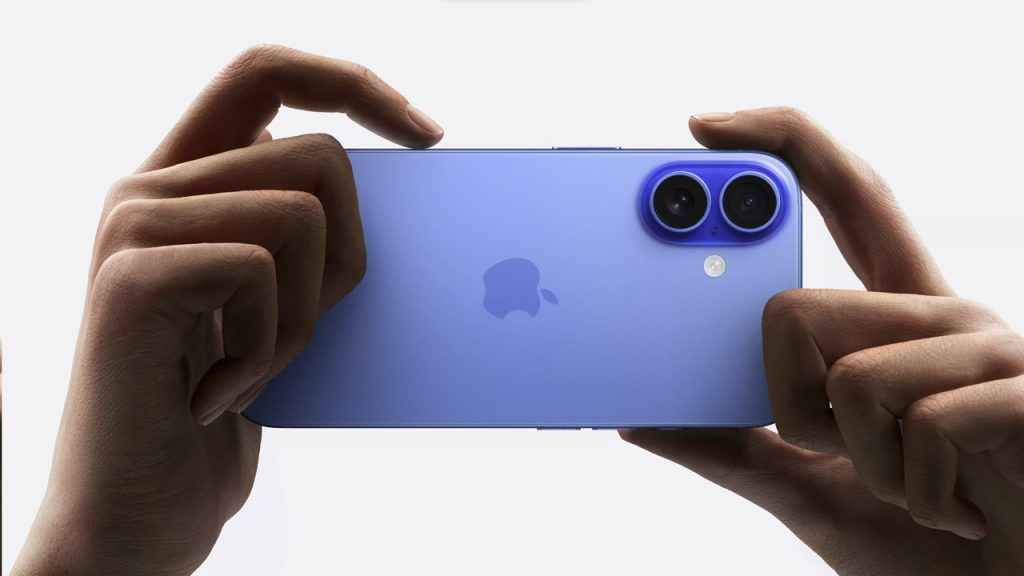
25 Watt fast charging
Fast charging has evolved by magnitudes. It was back in 2019 that we first saw 25 Watt fast charging and that was on the Samsung Galaxy S10. But it was also back in 2019 that Oppo went wild and introduced 65 Watt SuperVOOC fast charging. More recently, Realme GT3 has one of the most ridiculous fast-charging technologies and that’s 240 Watts. That’s nearly 10 times as much power as the Apple iPhone 16 series.
Apple’s 25W fast charging feels outdated and underwhelming. While Apple has always prioritised battery health and longevity, the slow adoption of faster charging technologies puts them at a disadvantage in a market where consumers increasingly value quick and efficient charging solutions. Apple’s conservative approach may appeal to some loyal customers, but it risks alienating tech enthusiasts who seek cutting-edge features.
So, is there anything noteworthy?
The iPhone 16 doesn’t offer anything truly revolutionary. With competitors offering more advanced features at faster rates, Apple seems content to play it safe. While loyal customers may appreciate the refinement, tech enthusiasts looking for cutting-edge innovation may find the iPhone 16 underwhelming. One thing is for sure: the iPhone 16 certainly didn’t “glow up” this time.
Mithun Mohandas
Mithun Mohandas is an Indian technology journalist with 10 years of experience covering consumer technology. He is currently employed at Digit in the capacity of a Managing Editor. Mithun has a background in Computer Engineering and was an active member of the IEEE during his college days. He has a penchant for digging deep into unravelling what makes a device tick. If there's a transistor in it, Mithun's probably going to rip it apart till he finds it. At Digit, he covers processors, graphics cards, storage media, displays and networking devices aside from anything developer related. As an avid PC gamer, he prefers RTS and FPS titles, and can be quite competitive in a race to the finish line. He only gets consoles for the exclusives. He can be seen playing Valorant, World of Tanks, HITMAN and the occasional Age of Empires or being the voice behind hundreds of Digit videos. View Full Profile





